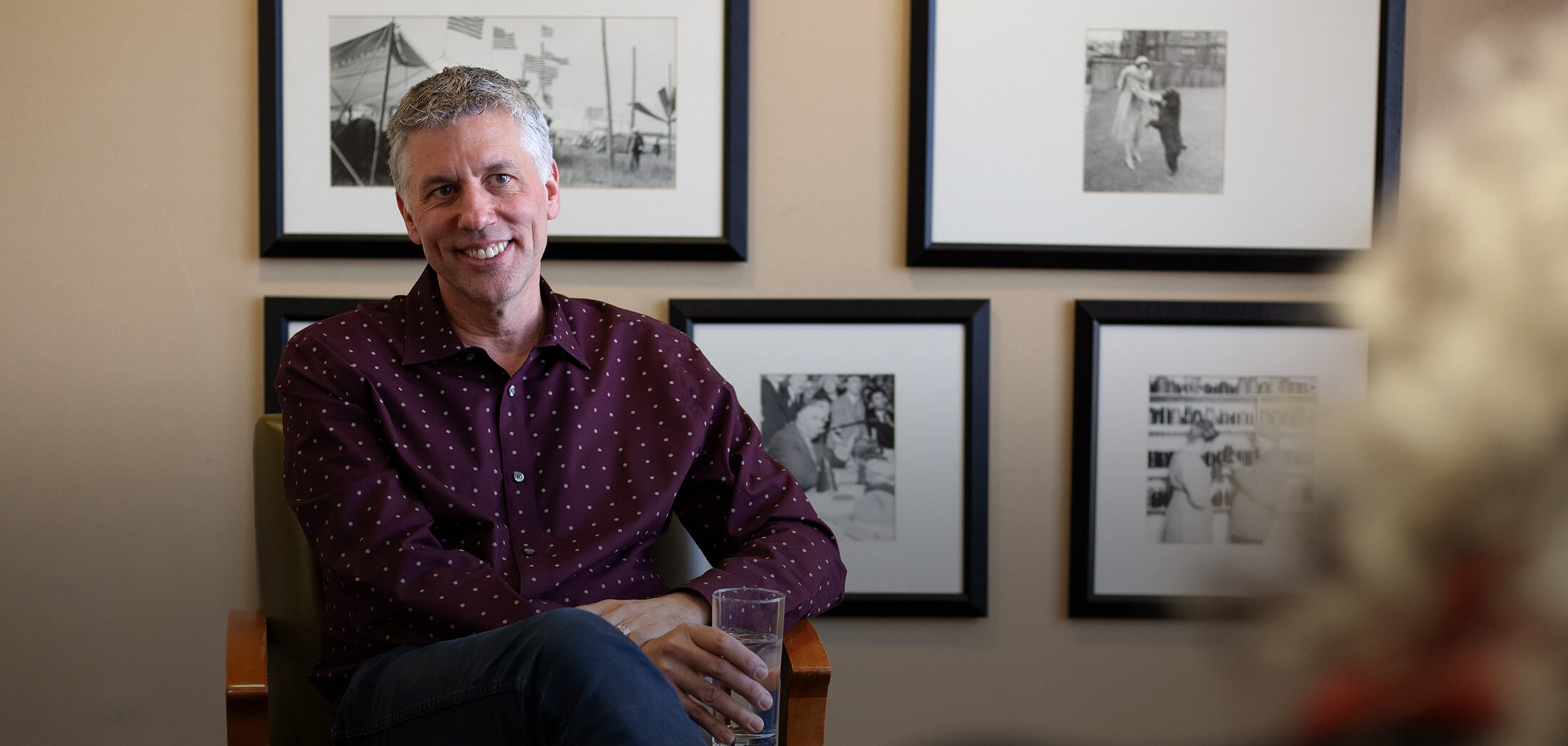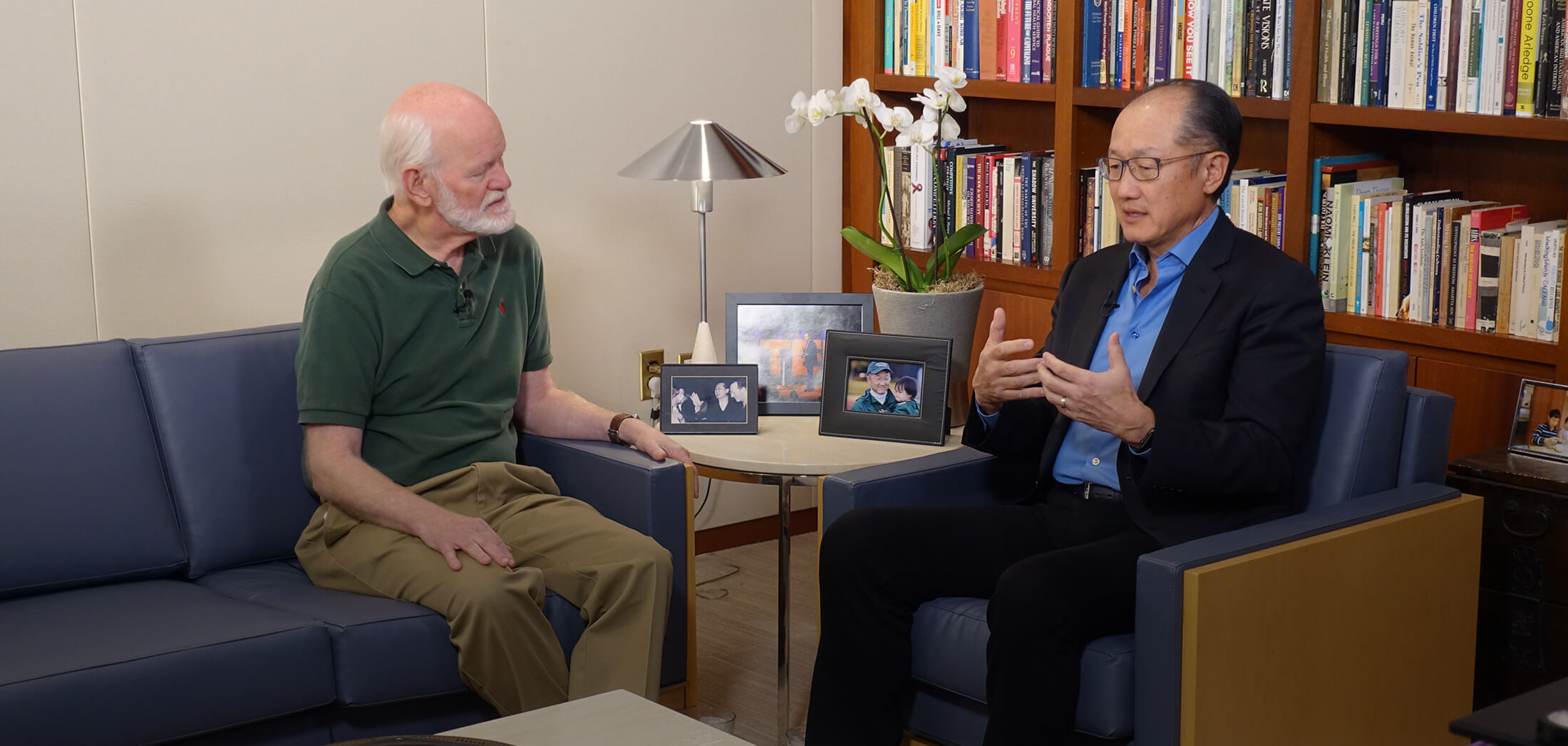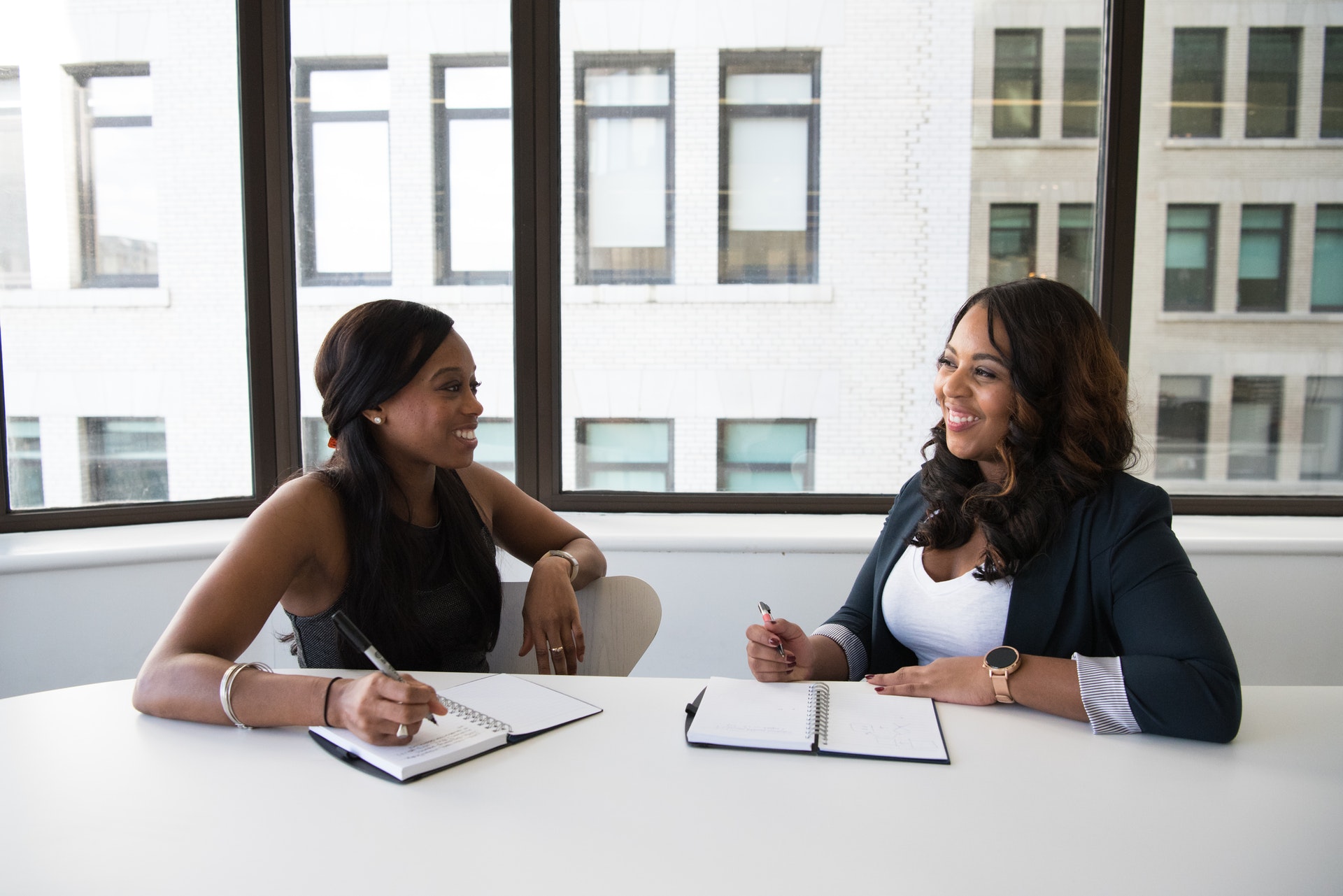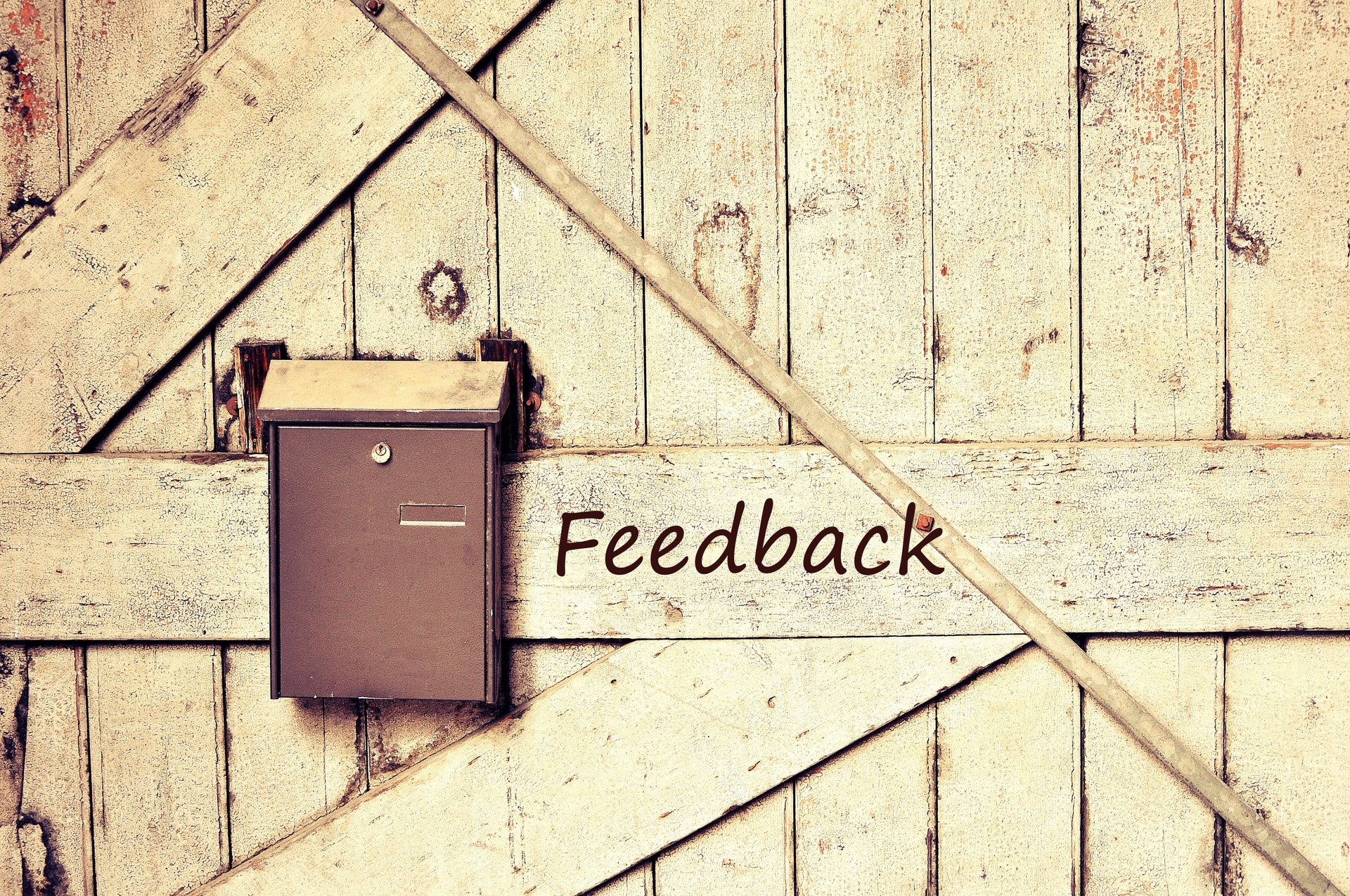COACH-CREATED

COACH-CREATED©: 7 Bad Habits Costing You Money by Linda M. Lopeke
This COACH-CREATED© blog piece comes to you from Linda M. Lopeke, Business Growth Specialist and Founder/CEO of SMARTSTART Omnimedia Management Consultancy, based in Ontario, Canada. When someone says, “I’ve been rich and I’ve been poor and rich is better!”, it’s not hard to understand what they mean. However, the question I have for you today is, “Are you willing to change the bad habits limiting how much money you can make in your coaching/consulting business?” Let’s find out! BAD HABIT #1: Failing to negotiate While you won’t always get what you want, pretty much everything is negotiable. You can practice this at home today. It’s an easy place to begin building this critical life skill. Note that negotiating and bullying are not the same thing. In a successful negotiation, everybody gets something they want out of the deal — regardless of what it is you’re negotiating. This give and take is all part of the process. There’s really little risk involved. The worst that can happen is the person says no; but often there will be a counter-offer. Also, at the very least, you’ll grow confident in asking for what you want. This makes it less likely clients and suppliers will be able to take advantage of you in your coaching/consulting business. Sometimes you’ll be negotiating for more money, other times you’ll be negotiating to spend less. However, until you start negotiating, you’ll be leaving money on the table either way. BAD HABIT #2: Failing to invest in yourself There is no better investment you can make than to invest in yourself. That means, spending money to learn more, to better your skills, and to improve your mental and physical health. The more you do this, the more likely you’ll make better decisions and participate in activities that increase your value to others. Ultimately, that’s a great way to earn more money in your business while ensuring reduced expenses and less downtime due to illness or lack of stamina. Plus, with innovative business accelerator programs available to help you invest in yourself more affordably while building your business dream, not applying for subsidized expert support and professional guidance is simply foolish. BAD HABIT #3: Holding tunnel vision Going all-in can be admirable, but only when you don’t let holding tunnel vision interfere with your long-term ability to make more money. You have a responsibility to give yourself the best chance to succeed in business. That means setting up multiple streams of income (not just one) and not relying heavily on any one source or client for revenue. It also means never building critical assets on platforms you don't own as they can be lost without warning and most often there is no contingency plan or means of disaster recovery and support available. Disruption happens and it usually isn’t planned. Backup strategies don’t mean you’re less committed to your business; they mean you’re less likely to be ruined by a devastating event you don’t control. Don't neglect this important responsibility. BAD HABIT #4: Becoming complacent It is hard to maintain your enthusiasm and motivation over time. That’s not an excuse for maintaining the status quo. It’s easy to become complacent with who you are and what you do; but it’s not productive or rewarding, and it certainly doesn’t lead to higher revenue. Slowing down to avoid burnout is one thing; not moving or growing at all is something completely different. Rocking inertia is deadly in every way. BAD HABIT #5: Doing only what’s expected Setting targets can easily trick you into achieving the bare minimum to keep yourself going with anything in life. Setting stretch targets, whether or not all are achieved, keeps you striving beyond your comfort zone. That’s where exponential growth and reward reside. If you never go there, you’ll never know how good things can be with just that little bit more applied effort! BAD HABIT #6: Sacrificing goals for loyalty There will come a time (and perhaps many a time) in your life where you’ve reached a dead end in a relationship, business partnership, or even in your business. Thinking about leaving might feel like disloyalty on your part which makes staying an easier, more comfortable decision to make. However, these are times when staying, not going, is the act of disloyalty. When you sacrifice your goals out of misdirected loyalty, it becomes an act of disloyalty against self. Such loyalty does not serve your better good (or theirs) and is, in fact, a disservice to all. BAD HABIT #7: Failing to put your money to work You do have to spend money to make money. So, once you’ve accumulated some savings, put that money to work for you by investing in more education and opportunities for yourself. And, if the timing isn’t right to do that, work with a financial planner to get that money out of the bank and working for you in other ways. Money is energy; keeping it moving is the way to keep it growing. Making more of it is the obvious first step to accumulating wealth. Just remember, the only true wealth is health — it’s the one thing money can’t buy. So, while I’m all for changing any of the bad habits that might apply to help you make more money, do not make any change that will ultimately cost you your health. Once your good health is lost, no amount of money you might spend can buy it back for you. Is 2020 the year you'll invest in yourself? Visit wbecs.com/programs and discover your next learning journey.

COACH-CREATED©: Self-Mastery: A Two-Way Street by Delbar Niroushak
This COACH-CREATED© blog piece comes to you from Delbar Niroushak, Founder and CEO of Nirouye Tadbir Iranian (NTI) and specialist in Enneagram Coaching Why do I believe that coaching is a good process for bringing change and effectiveness to people’s lives? Because, to me, coaching is transformation. Based on my experience – some of which is in the middle east - I love getting to see first-hand how coaching is bringing the best out of every individual and team I work with. As their coach, I support them to be their best and most affective selves in different situations, whether it’s with their families and partners, in social situations and/or in the workplace. I believe that everything starts with self-mastery. Anyone can improve in every aspect of their lives once they have mastered how to take the lessons from their experiences - whether negative or positive – and master how they react to all things circumstantial while honoring their own values and viewpoints. The Road to Self-Mastery I like to work with my clients to create a road map of sorts. Clients seem to look for a coach who will guide their way, but also, know when to step back and navigate their own path. Successful coaching relies on that instinct and balance, and that was such a revelation to me in the beginning. I also understand what it’s like to adapt when the path you start out on changes – something my clients often have a hard time dealing with. You see, a kind of enlightenment occurred in both me and my clients when I started out. I had begun my journey as a psychologist – I achieved a PhD in Clinical Psychology and worked as a counsellor for a time. I enjoyed helping people so much, that I went on to study Human Resources Development and Management. From there, I attended a selection of intensive courses and learned a number of assessment tools with a range of associations. I had explored all these avenues, and yet still wasn’t quite sure of the best way to apply my skills. When I discovered coaching, everything fell into place. I found that everything I had learned to date was relative to the coaching profession. That’s when I realised that every experience, even if it doesn’t make sense at the time, will come in useful somewhere down the line. So, now, when I work with my clients, I help them to take the lessons from each step of their journey – even from the things that seemingly went wrong or appeared not to relate to where they are now – and recognise how what they learned at each stage has informed who they are now. This is what I mean by self-mastery. It’s about taking ownership of all the components that make up the “self” and taking the best of every situation forward. Building a road map to your ideal outcome involves accepting everything that makes you “you” in order to understand why you react the way you do in particular scenarios, and how to play to your strengths so you can adapt and grow into your future. The fluidity of the field As coaches, we can sometimes be guilty of becoming attached to certain tools and techniques, just as clients can get attached to specific methodologies, and even to a particular kind of coach. What is so wonderful about the coaching world at the moment is that everything feels very fluid right now. Constant change is encouraged and even necessary in the current climate. Some coaches are intimidated by that, but I find it fascinating and exciting. Coaching is less about attachment and stagnation, and more about empowerment and consistent progression – for the coach and the client. Clients have a variety of options to tap into now. Coaches are working hard to remain relevant by keeping their skills fresh. The relationship between coach and client is a partnership, and you both have to move and adapt to change together to be what I call “tomorrow-ready”. What occurs is that, by moving forward in this way, both coach and client achieve higher levels of self-mastery in tandem, enjoying the benefits of the process equally. A good coach will help their client to identify their “blind spots” and, in so doing, recognize their own as well. It’s a two-way street, which is why I find coaching so gratifying. Staying true to the “self” One key aspect of coaching self-mastery is encouraging the client to be true to themselves. This, coupled with knowing it’s okay to be yourself as the coach too, is fundamental. To be appreciated at your most authentic is one of the most fulfilling outcomes of self-mastery. For some, being themselves comes with a certain amount of vulnerability. Coaching creates a safe environment that allows for this. In my experience, it's in those moments when people are brave enough to be vulnerable that real breakthroughs happen. Enabling others to achieve self-mastery by being brave is the most rewarding aspect of what I do. It also inspires me to be more honest with myself about my aspirations too. A duel experience Every person has untapped potential within them. We are all learning all the time. With coaching, I help to coax out my clients’ hidden or forgotten skills and support them in coming up with a roadmap to self-mastery – all the while adjusting my own path and developing my own skill set. My mantra is “changing and transforming negative thoughts”. Even negative experiences have something to teach you – something you can take into the next phase of your development. To recognise that in others, I look at my own experiences, good and bad, and draw the strengths and the lessons from them to help both my clients and my practice. That is why examining self-mastery through coaching is so valuable – it empowers both the coach and the client.









